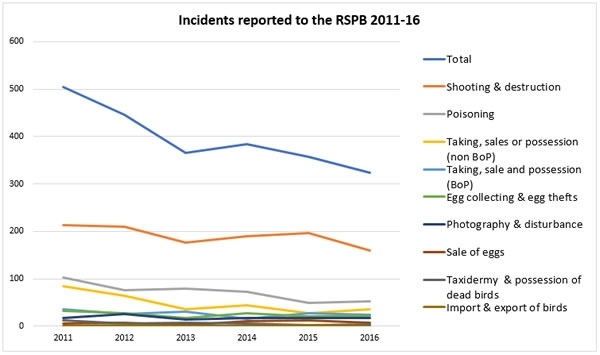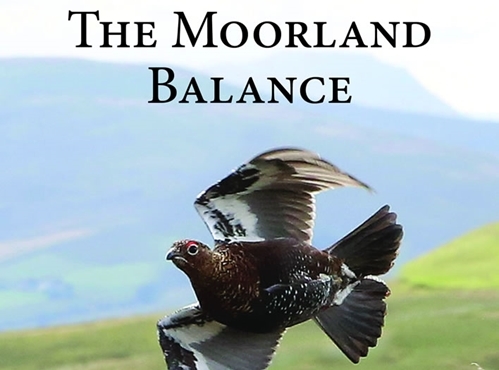By Andrew Gilruth, GWCT Director of Communications
Another fall in the number of reported incidents of wildlife crime is welcomed by the GWCT. All those involved in reducing wildlife crime should be congratulated on achieving this downward trend. The police’s National Wildlife Crime Unit and the many organisations that support their Partnership for Action Against Wildlife Crime (PAW) initiative should be proud of this achievement.
The RSPB report reveals that there were 46 confirmed incidents involving birds of prey and owls last year. As the table below shows, more needs to be done by all sides to tackle both crime and providing solutions to remedy land use conflicts with wildlife. For more detail on these numbers, see here.

The GWCT is working to understand why predators are illegally killed (Langholm Project) and what management approaches, including additional licensed management, would lead to less crime. Our active involvement in the Hen Harrier Joint Recovery Plan is a mark of our commitment to ensuring good conservation status for predators and prey species alike.

Buy our essential new book for just £8.95
Our bestselling paperback offers an insight into the science behind grouse shooting and moorland management, based on years of research and practical experience, both from the GWCT and other parties..
Buy now >